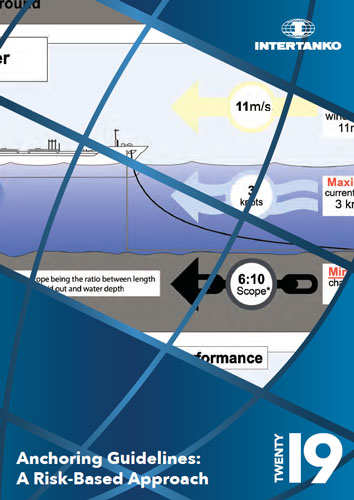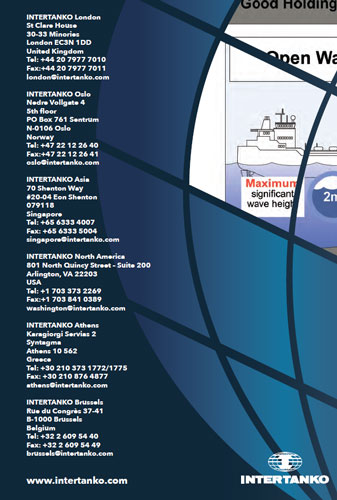Anchoring Guidelines: A Risk-Based Approach/Руководство по постановке на якорь: Подход, основанный на оценке риска
Книга на английском языке
Anchoring is a common and vital operation on any ship. However, it has been widely felt that anchoringequipment designs have not kept up with the evolving industry demand for anchoring ships in deeper andmore exposed anchorages. When identifying the challenges associated with anchoring procedures, there wasan evident need to review the minimum required construction standards of the windlasses, as vessels arecurrently anchoring at depths above their lifting capacity.Mitigating the safety risks associated with anchoring operations is paramount in an industry that has beenstriving to eliminate personnel injuries, prevent harm to the environment and limit damage to equipment.This publication highlights the key concerns and technical recommendations across a range of topics includingthe design of hydraulic systems, an area vulnerable to failures that have led to serious injuries. By identifyingthe challenges associated with current standards and systems, this publication complements existing technicalrecommendations and guidance relating to the operation and maintenance of anchoring equipment.Although the guidelines are primarily targeted at ship operators, they also offer a valuable insight to anyoneinvolved in the design, operation and maintenance of anchoring systems, providing further understanding andawareness of equipment limitations through a risk-management approach.This document also focuses on human factor considerations and, in line with TMSA recommendations, providesrisk-based guidance for the training and auditing of crew members involved in anchoring, while also offeringbest-practice procedures through the risk assessment process.
Contents
Introduction
Scope of the guidelines
Introduction
Objective
Part One - A Risk-Based Approach
Introduction to a risk-based approach
TMSA 3
The bow tie approach
Operational phases and fault categories
Risk index and risk ranking
Part Two: Anchoring Guidelines
Design and building of the ship and the anchoring equipment layout
General
Design criteria to be used
CCTV monitoring system
Compliance with Panama, OCIMF Requirements/Recommendations
Anchoring mock-up tests at Yard
Operating in ice conditions
Distance of anchor to side shell
Windlass/Anchor winch
Windlass general
Grease nipples
The brake drum
Anchor winch brakes
Windlass brake lining wear monitoring device
Cable tension monitoring system
Chain
Chain General
Chain counters
Chain Stopper
Anchor Washing
Bitter end
Chain lockers
Maintenance
Maintenance, testing and routine inspections
Anchoring operation
Planning of the anchoring operation
Anchoring, an introduction
Anchoring
Special conditions
Deep water anchoring
Anchoring handling operations in adverse weather conditions
Anchoring in piracy-prone areas
Emergency Anchoring
Approaching SBM and oil fields
Conventional buoy moorings (CBM)
At anchor
Use of ECDIS wile at anchor
Anchoring for layup or extended periods:
Anchoring operations and their impact to environment
Heaving up the anchor
Recovery of Anchor / Preventing Anchor loss
Part Three – The Human Element
Technical skills and behaviour
Intertanko Competency Management Guidance (ICMG)
Training
Basic competency for anchoring operations
Soft Skills and Behaviour
Human factor considerations relating to anchoring (Human Performance)
Live anchoring audits:
Appendices
Appendix 1 - Lessons learned in anchor handling operations
Introduction
Common cause of anchor loss
Common technical failures
Human factor
Appendix 2 - Worked example on risk-based approach - bow tie technique
Operational Phases
Operational/human error
Technical failure
External factors
Managerial/organisational issues
Appendix 3 - Worked example on risk-based approach - Hazid technique
Appendix 4 - General Guidelines on Anchoring equipment inspection and maintenance
Technical suggestions and considerations
Chain stoppers adjusting plates
Windlass with high pressure hydraulic motors
Appendix 5 - Templates
Template for training requirements
Appendix 6 - Personnel engagement for anchoring operation




